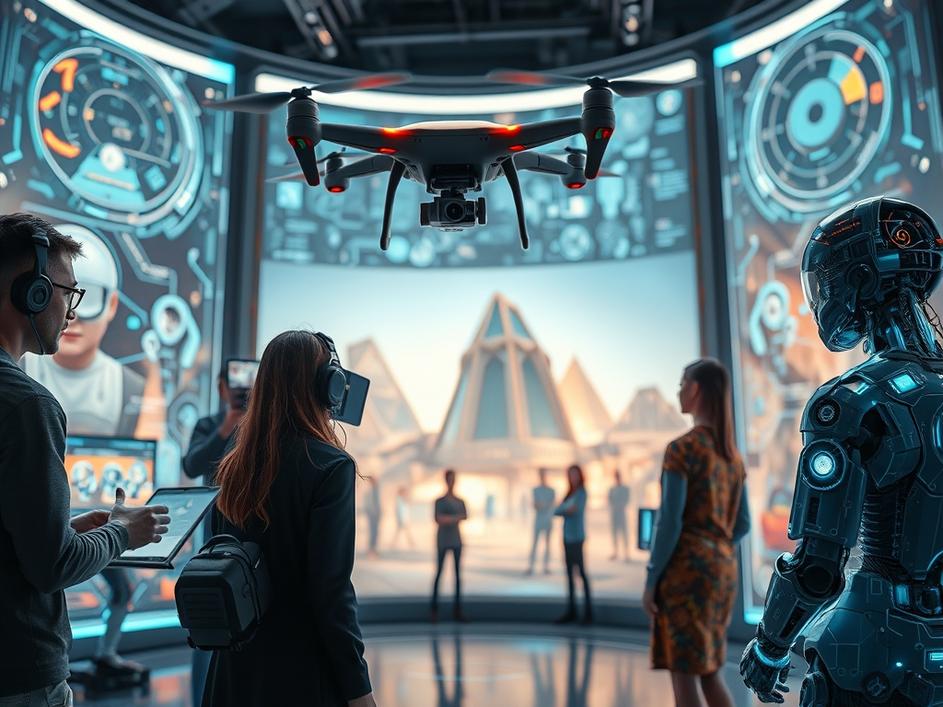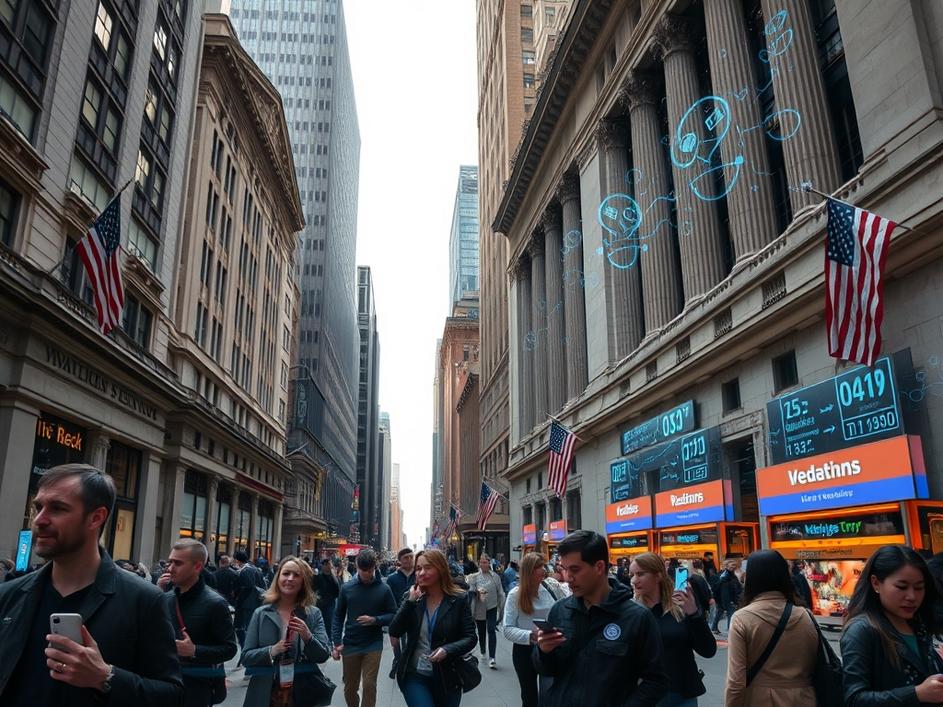


We are a digital agency helping businesses develop immersive, engaging, and user-focused web, app, and software solutions.
2310 Mira Vista Ave
Montrose, CA 91020
2500+ reviews based on client feedback

What's Included?
ToggleWe hear a lot about AI these days, especially when it comes to making pictures and videos. Most of what we see is pretty cool, but it”s often for fun, quick social media clips, or just trying out new ideas. But what if AI could make videos good enough for the big screen? What if it could help create commercials that look totally real, or scenes in a movie that would normally cost millions to shoot? That”s the idea behind a new company called Video Rebirth, and they just got a huge chunk of money — $50 million — to make that dream a reality. This isn”t just another AI tool; it”s aiming for a much higher bar. They want to give professional filmmakers and advertisers a new superpower, something beyond the simple tools we”ve seen so far. It”s a really exciting moment, because it points to a future where creative people have even more ways to tell their stories without being held back by huge budgets or complex special effects teams.
The folks at Video Rebirth talk about building something called a “world model.” This might sound a bit technical, but it”s actually pretty simple to understand. Think of it like this: most current AI video tools are good at mimicking what they”ve seen. They can show you a dog running, or a car driving, because they”ve processed countless images and videos of dogs and cars. But they don”t really “understand” how a dog moves, how gravity affects a car, or how light bounces off different surfaces. A “world model” is a big step up. It means the AI learns not just what things look like, but how they behave in the real world. It would understand physics – how objects fall, how water splashes, how shadows change with the sun. It would know about materials – how metal shines, how fabric drapes. This kind of deep understanding is what makes the difference between a video that looks a bit “off” and one that looks completely real, like it was shot by a camera. For movies and ads, that realism is everything.
You”ve probably seen those AI-generated videos online. Some are amazing, some are funny, and some are still a bit rough around the edges. They”re great for a quick laugh or a creative experiment. But when you”re making a high-budget film or an advertisement for a major brand, “good enough” just won”t cut it. Every detail matters. The way an actor”s hair blows in the wind, the subtle reflections on a car, the realistic crumbling of a building – these are the things that make a scene believable. This is where Video Rebirth wants to shine. They”re not trying to make a viral TikTok filter. They are aiming for “high-fidelity, physics-aware generation.” This means they want their AI to create video content that looks incredibly sharp and detailed, and behaves exactly like it would in the physical world. This is crucial for professionals who need absolute control and realism in their final product. It means fewer re-shoots, more creative freedom, and potentially lower costs for high-quality visual effects.
Think about what this means for someone making a film or a commercial. Imagine needing a shot of a specific type of car driving through a stormy desert, but you don”t have the budget to fly a crew out to the actual desert, rent the car, and wait for a storm. With a sophisticated AI “world model,” you might be able to generate that scene with stunning realism. This doesn”t mean replacing filmmakers or artists. Instead, it means giving them more powerful tools. Artists could spend less time on tedious tasks like rotoscoping or endless rendering, and more time on the truly creative parts of their job. It could let indie filmmakers achieve visual effects that were once only possible for big Hollywood studios. This opens up so many possibilities for storytelling. Creators will have more freedom to experiment, to bring their wildest visions to life, and to push the boundaries of what”s visually possible, all without the traditional hurdles of cost and logistics.
The potential here is huge, but it won”t be easy. Building a true “world model” that can generate perfectly realistic, physics-aware video is a monumental task. It requires massive computing power, incredibly smart algorithms, and a deep understanding of how our world works. Also, as this technology gets better, we”ll need to think about how it changes the industry. Will it create new jobs while changing others? How do we ensure that the stories being told are original and authentic? And what about the ethical questions that always come with such powerful AI tools? These are important questions we will need to address as AI video generation moves from novelty to serious professional use. But for now, the funding for Video Rebirth signals a clear message: the future of filmmaking and advertising is about to get a whole lot more interesting, and a lot more visually stunning.
From my perspective, this kind of investment isn”t just about technology; it”s about democratizing high-end visuals. For years, the best visual effects were locked behind massive budgets, specialized teams, and often, long timelines. What Video Rebirth is aiming for could change that. Imagine a small animation studio, or even an individual creator, being able to produce scenes that rival those from major productions. This doesn”t make human creativity less important; it makes it more powerful. Instead of being limited by what we can physically build or shoot, we become limited only by our imagination. I also think it”s a smart move to focus on the professional market first. While consumer tools are fun, the demand for perfection and realism in film and advertising is immense, and companies are willing to pay for it. This gives Video Rebirth a solid path to build a robust, powerful platform before perhaps, one day, making some of these capabilities more accessible to everyone. It”s a challenging goal, but if they pull it off, it will literally redefine what “made for film” means.
Video Rebirth”s $50 million funding isn”t just news about a startup; it”s a peek into the next big thing for anyone who creates with video. By focusing on deep understanding of the real world and aiming for top-tier quality, they”re trying to solve some of the toughest problems in film and advertising. This could mean a future where storytellers are less bound by practical limits and more free to let their imaginations run wild. It”s going to be fascinating to watch how this technology grows and changes the way we see movies, commercials, and everything else on our screens. The journey to a truly “physics-aware” AI video generation might be long, but the destination promises a new era of visual brilliance.



Leave a reply